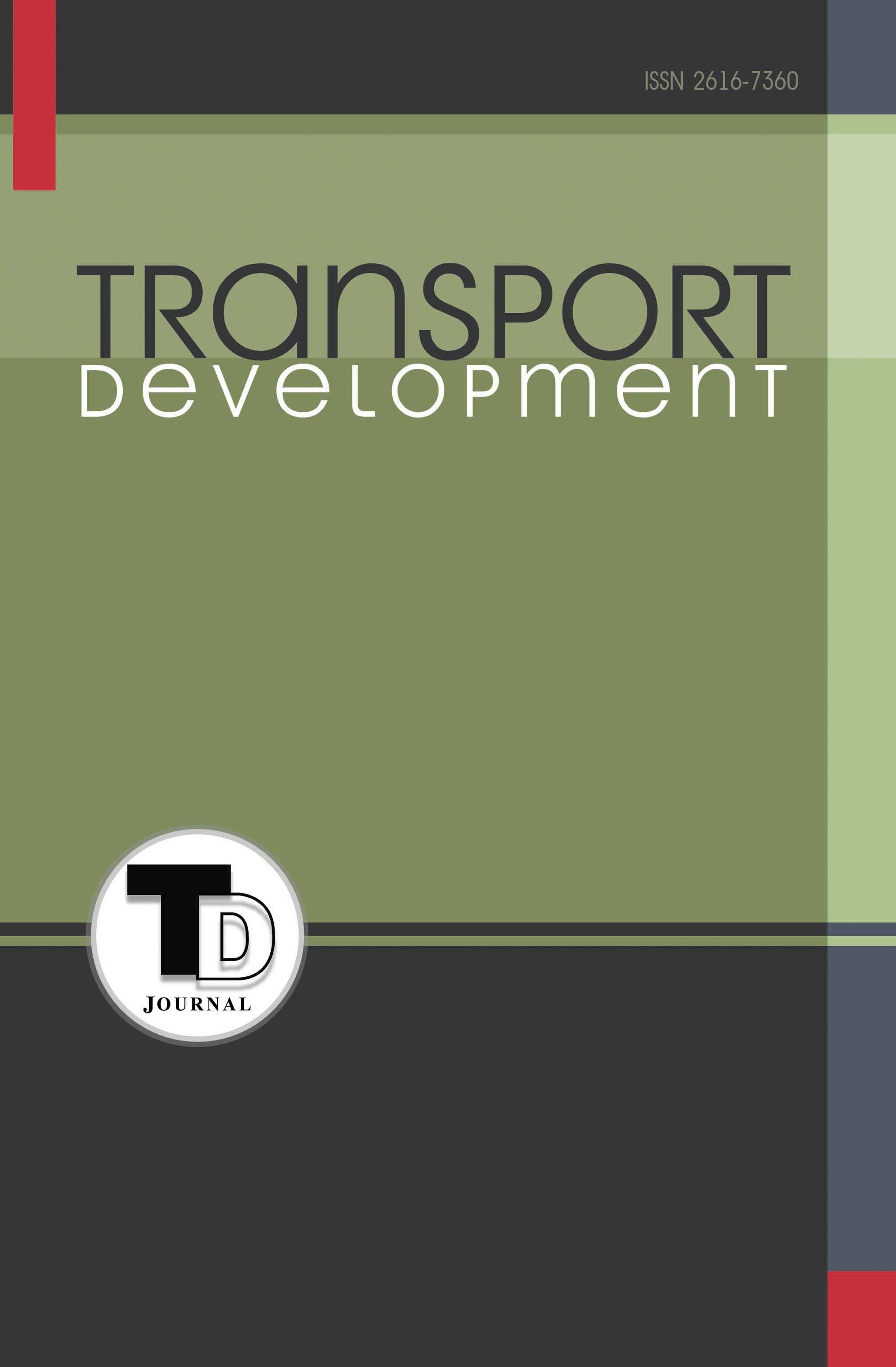REVIEW AND ANALYSIS OF METHODS FOR ASSESSING DAMAGE TO STEEL STRUCTURES OF LIFTING MACHINES
Abstract
Introduction. In the ports of Ukraine, about 95 000 forklifts are operated, which are registered with the bodies of Derzhhirpromnadzor. In this, the majority of them (72%) developed their normative resource. The average term of their operation exceeds 30 years, and the degree of physical wear and tear approaches 90%. Replenishment of the VPM fleet is carried out mostly at the expense of equipment that was in operation, and the percentage of new equipment does not exceed 20%. It should also be noted that this situation is not the same in different ports of the country. Thus, in the Black Sea Sea Trade Port, the average service life of port transshipment equipment (PPT) is 40 years. At the same time, in the port of Pivdenny, it fluctuates and is no more than 20–30 years. Purpose. Taking into account the current situation, the problem of assessing the residual resource of PPT becomes urgent. It is also necessary to take into account that over-standard operation of VPM increases the amount of repair work and may pose an increased risk in the case of untimely or poor-quality repairs. Results. The problem related to the assessment of the residual resource by port transshipment equipment is considered. There are methods for determining damage to metal structures of cargolifting machines. Due to the predominance of disadvantages when using destructive control methods, non-destructive methods are increasingly being used today. They are more promising. The work considers the most used of them. Conclusions. There is no generally accepted approach to determining the damage of metal structures of LM today. At the same time, the existing methods have a number of significant drawbacks, which include the following: most methods are based on the application of destructive control, which entails the violation of the integrity of the examined metalwork, the need for subsequent repair of the element from which metal is extracted, resulting in additional costs of time and money; practically absent studies of the main steel grade (09Г2С), of which most of the load-bearing elements of steel structures of lifting machines are made. The most promising methods of damage assessment of LM metal structures are methods of nondestructive testing, in particular, the methods based on the assessment of the hardness parameters of the metal surface layer and coercive force.
Downloads
References
2. Yang N., Bai F. Damage analysis and evaluation of light steel structures exposed to wind hazards. Appl. Sci. 2017. № 7 (3). P. 239. DOI: 10.3390/app7030239.
3. Automated site-specific assessment of steel structures through integrating machine learning and fracture mechanics / B.J. Perry et al. Automation in construction. 2022. № 133. P. 104022. DOI: 10.1016/j.autcon.2021.104022.
4. Assessment of existing steel structures: recommendations for estimation of remaining fatigue life / B. Kühn et al. JRC Scientific and Technical Reports. 2008. № 1. P. 108.
5. Review of fatigue assessment methods for welded steel structures / B. Fustar et al. 2018. 16. DOI: 10.1155/2018/3597356.
6. Методичні вказівки з проведення магнітного контролю напружено-деформованого стану металоконструкцій підйомних споруд та визначення їх залишкового ресурсу, Київ, 2005. 77 с.
7. Fan W., Qiao P. Vibration-based Damage Identification Methods : A Review and Comparative Study. Structural Health Monitoring. 2010. № 10. P. 83–111. DOI: 10.1177/1475921710365419.
8. Панасюк В.В. Механіка руйнування і міцність матеріалів. Львів : Сполом, 2001. 1134 с.
9. Zienkiewicz O.C., Taylor R.L. The finite element method-its basis and fundamentals. Butterworth Heinemann, 2000. 1. 689 p.
10. Compulational experiments / W.K. Liu et al. ASME, 1989. 176. 137.
11. Residual structural stresses in a steel body / V.I. Astashkin et al. Materials Science. 2003. № 5. P. 717–723. DOI: 10.1023/A:1024270625443.
12. Модельний опис фазових перетворень і залишкових напружень в елементах конструкцій при термічному навантаженні / О. Гачкевич та ін. Фізико-математичне моделювання та інформаційні технології. 2017. № 26. С. 17–30.
13. Клюєв В.В. Магнітні методи контролю. Неруйнівний контроль. 2006. № 6. 848 с.
14. Прилуцький М.А. Методи оцінки деформовано-напруженого стану зварних металевих конструкцій. Машинобудування. 2008. № 4. С. 45–50.
15. Панковський Ю.П. Апаратна реалізація окремих магнітних методів неруйнівного контролю. Світова міра. 2005. № 5. С. 9–12.
16. Коломієць Л.В. Комп’ютерний та натурний експеримент при визначенні напружень і деформацій металоконструкції причального контейнерного перевантажувача. Збірник наукових праць ОДАТРЯ. 2018. № 2 (13). С. 32–41.
17. Nemchuk O. Specific features of the diagnostics of technical state of steels of the port reloading equipment. Materials Science. 2018. № 53 (6). P. 875–878.
18. Олійник М.В., Немчук О.О. Поодинокі аспекти втомного руйнування деталей. Одеса : Астропринт, 2004. 164 с.19. Немчук О.О. Застосування електрохімічного методу для прогнозування експлуатаційної деградації сталей портових кранів. Підйомнотранспортна техніка. 2020. № 3 (64). С. 37–44.
20. Олійник М.В., Немчук О.О. Оперативний метод визначення опору втомленості деталей. Наука і освіта. 1998. № 98. С. 1020.
21. Оцінка залишкового ресурсу кранових конструкцій / О.О. Немчук та ін. Сучасні порти – проблеми та рішення. 2009. С. 88–89.





